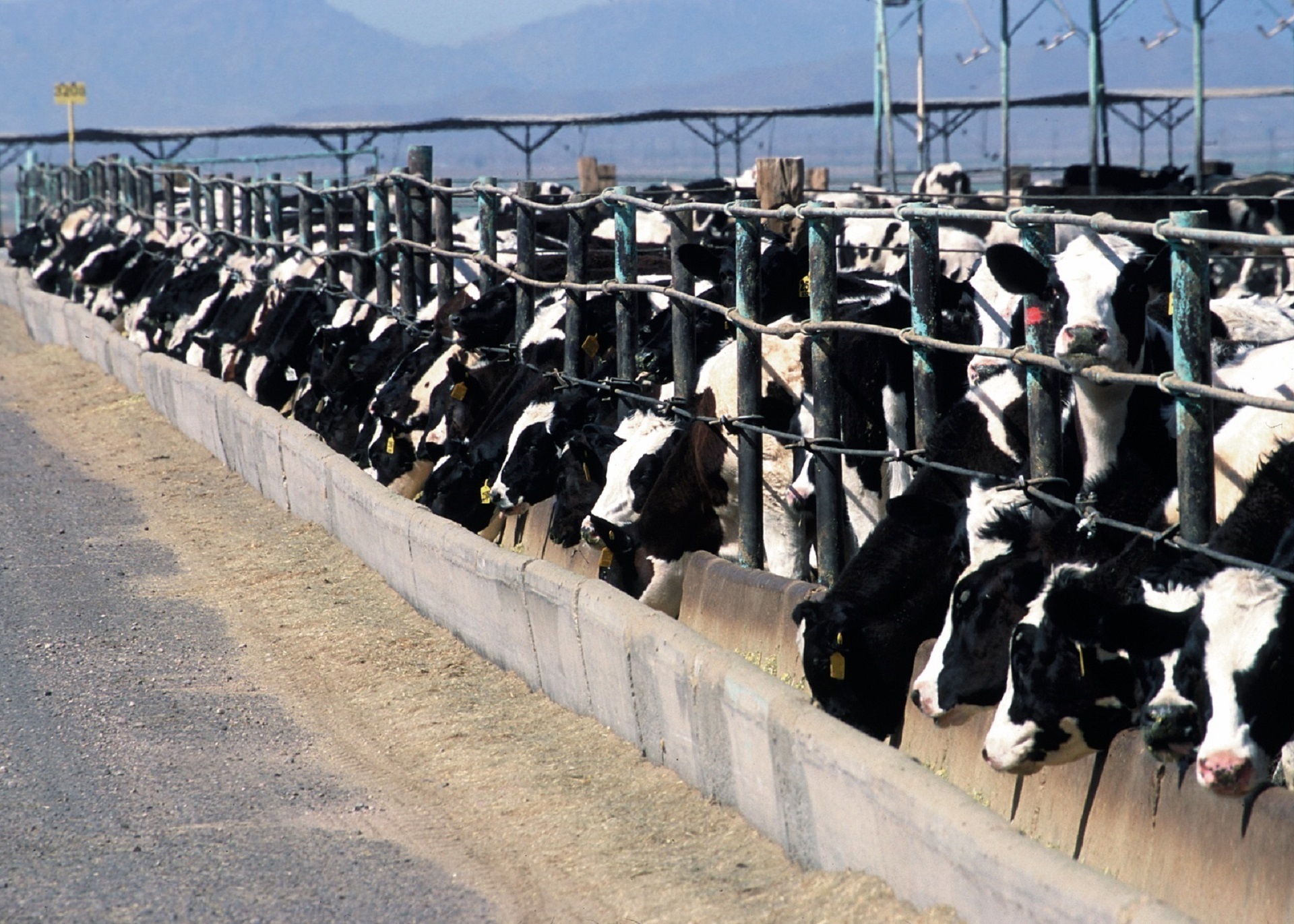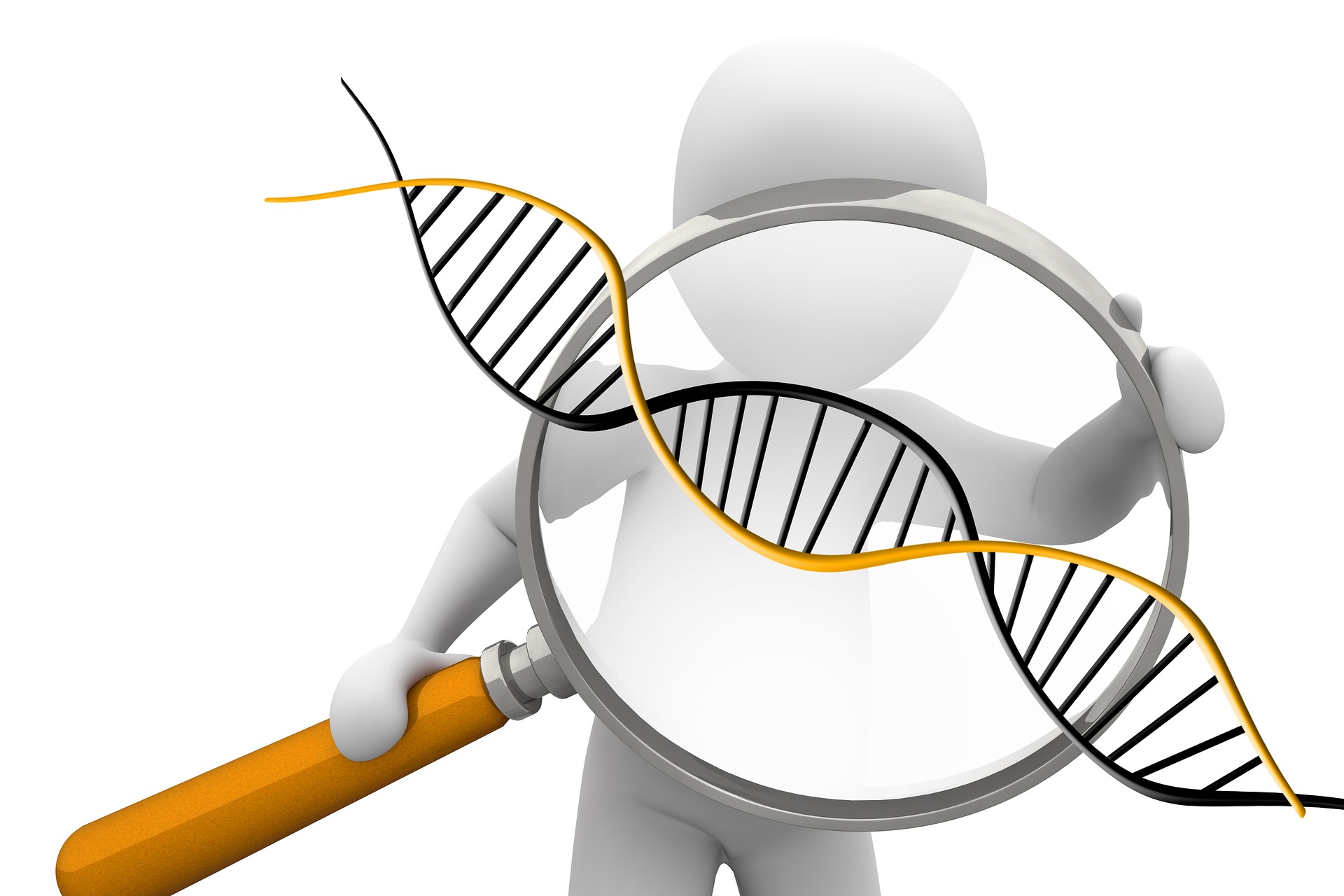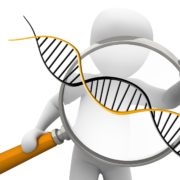Seriously. We need to get real about meat.

Well, Nebraska is angry.
That probably doesn’t tip your attention meter unless you are into college football and/or John Deere mega-tractors.
Seems that Nebraska has its knickers in knots over people considering as meat anything other than muscle, gristle, and fat that has been extracted above four legs.
Our recent Sunday paper Business Section gave the story front-page position complete with color photos of a “real meat” and a “fake meat” burger.
For the record, the fake-meat patty is wheat protein, coconut oil, potato protein plus other plant-based ingredients.
I hope you meat-lovers can contain the nausea
It’s easy to see why Nebraska is upset. The state led the nation in commercial red meat production in 2017, had the most feed cows as of last year and realized $12.1 billion in “livestock and livestock product related sales” in 2016.
I’d be upset too if I saw a wheat protein/coconut oil assault coming. It must feel like the music industry did when the I-pod emerged, or like the publishing world watching Jeff Bezos and his troops.
OK, that may be a bit of stretch. However, I believe that the meat industry has more to fear from the growing global awareness of the health- and environment-destroying nature of their product than from fake meat.
Before you tag me as a tree-hugger/environmental whacko, please know that I have a love-hate relationship with meat.
I grew up on it. My taste buds remain captive to the taste of a burger or a brat although they pass through my gullet very rarely these days.
I knew nothing of the ill effects of a meat-based diet growing up in the ’40s and ’50s. No one that I knew did either. In the tiny, rural, agrarian Wyoming community I grew up in (which was one-half mile from the Nebraska state line), slaughtering and butchering a cow and/or hog was an annual or semi-annual ritual for many families.
Meat and potatoes were truly the normal dinner fare.
But this was also an era when doctors were advertising the health benefits of cigarettes.
We were more than a little short on important biological data back then.
If you’ve hung with me through my many rants over the last year or so, you know that, at 73, a routine heart scan (my first ever) revealed significant artery blockage, putting me, at least on paper, in the high-risk category for cardiovascular disease.
My 50+ years of meat and dairy consumption carried a price – it had clogged my pipes. Just as it does for most of us.
Heart disease remains our biggest killer, and a meat- and dairy-based diet plays a big role in that.
Fortunately, subsequent echo and treadmill stress tests indicate that my blockage is distributed and blood flow is near normal. So I proceed with my six-times-a-week aerobic and three-times-a-week weight lifting routine as if nothing is wrong.
So far, so good.
And I’ve become a “flexitarian”, meaning I’m mostly a vegetarian with an occasional blunder into a burger or brat. I’m pleased to say that I haven’t set foot in a fast-food joint or received a meal through the side-window of my car in three years.
Meat deserves a double rap
Helping us die early isn’t the only rap on meat. There’s another, even bigger, issue with meat.
It’s killing our planet.
The Lancet, one of the world’s oldest, most prestigious, and best known peer-reviewed general medical journals, published the following on 11/24/18:
“The emotionally charged debate over the ethical suitability of meat consumption may never reach a conclusion, but it is only comparatively recently that the climate impact of livestock rearing and the nutritional and health issues caused by meat have become a pressing concern.
The global ecological sustainability of farming habits has not been a major topic of conversation until the last few decades. It’s only now that we’re beginning to have a conversation about the role of meat in both of these debates, and the evidence suggests a reckoning with our habits is long overdue.
Meat production doesn’t just affect the ecosystem by production of gases, and studies now question the system of production’s direct effect on global freshwater use, change in land use, and ocean acidification. A recent paper in Science claims that even the lowest-impact meat causes “much more” environmental impact than the least sustainable forms of plant and vegetable production.”
Hey, I know that’s a mouthful. But then these are serious considerations. Since my heartscan scare, I’ve become a bit of a student of the role of meat in our overall health. In that discovery process, I was shocked to learn of the depths of the ecological impact of the livestock industry. It’s pretty shocking – both in magnitude and how little is ever said about it.
The negative impact on our health is a given and well-publicized so no need to go there. But I want to share some snippets of what I’ve read and learned about the silent side of the destructive power of the livestock industry.
Here are a few eye-openers to consider:
- Global meat production has quadrupled over the last 50 years. We’ve transported our western diet of burgers and steaks to the likes of China where per capita meat consumption has increased six-fold since 1965
- The calories lost by feeding cereals (not their natural food) to animals instead of using them directly as human food could feed an extra 3.5 billion people. It takes 7 kilos of grain to produce one kilo of beef.
- Pasture and arable land dedicated to the production of feed represent almost 80% of the total agricultural land. One-third of global arable land is used to grow feed, while 26% of the Earth’s ice-free terrestrial surface is used for grazing.
- U.S. corn eaten by people: 2%; U.S. corn eaten by cattle: 70%. (NOTE: cows are ruminants, designed to eat grass. Corn is not a natural food for cattle).
- Over 75% of pharmaceuticals used in the U.S. are used on livestock, primarily to keep them alive long enough on an unnatural diet to get to slaughter weight.
- U.S. farmland producing vegetables: 4 million acres; U.S. farmland producing hay for livestock: 56 million acres.
- As we face major global overfishing, half of the world’s fish catch is fed to livestock.
- Considering that water may become the next “oil”, swim in these staggering numbers, courtesy of a study by Soil and Water Specialists at the Unversity of California Agricultural Extension. Water required to produce:
- 1 pound of lettuce: 23 gallons
- 1 pound of tomatoes: 23 gallons
- 1 pound of potatoes: 24 gallons
- 1 pound of wheat: 25 gallons
- 1 pound of carrots: 33 gallons
- 1 pound of apples: 49 gallons
- 1 pound of chicken: 815 gallons
- 1 pound of pork: 1,630 gallons
- 1 pound of beef: 5,214 gallons
If you are a Californian, you can save more water by not eating a pound of beef than you can by not showering for six months. Do both, and you fully qualify as a whacko.
Well, I’ve stepped on the toes of a lot of hard-working farm folks – people that made up my heritage. Sorry, but at some point, don’t we need to get real? Our planet can’t continue to sustain this type of imbalance.
That’s the intent of this article/rant. This information is never going to be revealed by the powerful livestock industry. Do me a favor and share some or all – and maybe start reconsidering what ends up on your dinner plate.
For your health’s sake – and for my grandchildren’s planet.
Think About It – You Can Slow or Accelerate Your Aging!

Image by Gerd Altmann from Pixabay
Your telomeres are listening to you!! And they may not like what they are hearing.
OK, buffo – what’s a telomere?
Think of that little plastic wrap at the end of a shoelace that keeps it from fraying. You do wear laced shoes occasionally, don’t you? Or have recently enough to remember that little essential component, right?
Now transfer that visual to a chromosome which is in your DNA which is in your cells which are in your body to the tune of 35 trillion, give or take a few trillion.
Got the visual? OK – that little shoelacey-type thingy at the end of your chromosomes is a “noncoding DNA”. What does that mean?
I have NO idea.
Let’s just go with telomeres and call it good. The length of those telomeres at the end of each of your chromosomes is important. When they get real short, that cell in which they reside checks out and stops dividing. That’s called cell senescence – as in, DEAD!
So if we were able to keep those shoe-lacey-type thingies long, our cells would stay alive and, if I understand basic biology, that means our bodies would stay alive longer.
Some really smart people tell us that this works because telomeres keep the genetic material in the cell from unraveling. Unraveling genetics does sound like something to avoid if we have the option.
Apparently, we do have some options to prevent it from happening, at least according to two of those aforementioned “smart people” – researchers Elizabeth Blackburn and Elissa Epel.
I did learn about telomeres because I read Mses. Blackburn’s and Epel’s book last year – The Telomere Effect: A Revolutionary Approach to Living Younger, Healthier, Longer.
I believe their book was (maybe still is) considered a breakthrough publication on the topic. If you need to go deep on the topic, slog through it. And believe me, it’s a slog. I read a lot of heavy stuff and this one nearly got sent to used-book heaven unfinished because of the academic- and researchese-writing style. It’s a good substitute for a melatonin fix should you need one.
But I digress.
A good friend forwarded me this article, which is excerpted from that book: “Could your thoughts make you age faster?” I think it pretty much says in 1686 words what it took the authors 383 pages to say in their book about what you need to know about telomeres and your role in their length.
This excerpted message cuts to the chase: your thoughts and lifestyle decision shorten or lengthen your telomeres.
Mses. Blackburn and Epel put it this way (bolding is mine):
“The foods you eat, your response to challenges, the amount of exercise you get, and many other factors appear to influence your telomeres and can prevent premature aging at the cellular level. One of the keys to enjoying good health is simply doing your part to foster healthy cell renewal. People who score high on measures of cynical hostility have shorter telomeres. People who score high on measures of cynical hostility tend to get more cardiovascular disease, metabolic disease and often die at younger ages.”

OMG, yet another part of our body that doesn’t like bad food, laziness and “stinkin’ thinkin”.
We’ve known for like forever that stress-released hormones like cortisol and adrenaline are devastating over the long haul. In fact, Mayo Clinic weighs in with this from one of their website articles:
The long-term activation of the stress-response system — and the subsequent overexposure to cortisol and other stress hormones — can disrupt almost all your body’s processes. This puts you at increased risk of numerous health problems, including:
- Anxiety
- Depression
- Digestive problems
- Headaches
- Heart disease
- Sleep problems
- Weight gain
- Memory and concentration impairment
The more we poke around and digitally-dissect this transport system we walk around in, the more we seem to end up coming back to the same conclusion.
We are what we think, eat and do – all elements we can control.
Sounds simple enough, doesn’t it? Get these under control and live forever.
Well, for whatever the reasons (which are legion), we’re not very good at it even though the solution isn’t all that complicated (not to be confused with easy).
The late Dr. Harry Lodge, co-author of the life-transforming book, “Younger Next Year” put the solution simply with his “Harry’s Rules”
- Exercise six days a week for the rest of your life
- Do serious aerobic exercise four days a week for the rest of your life.
- Do serious strength training, with weights, two days a week for the rest of your life.
- Spend less than you make. (Stress relief)
- Quit eating crap!!
- Care (Stress relief)
- Connect and commit (Stress relief)
Why can’t we do this – and “die young, as late as possible” – like maybe around 100 or more?
Need a reminder to do the right thing?
That thingy at the end of the shoelace is called an aglet. Buy a bunch of shoelaces, paint the aglets red and hang them throughout the house/office/car, especially in the vicinity of the lazy boy and the fridge. And maybe one in your pocket at all times to pull out when the resistance takes your thoughts into the toilet.
Your aglets won’t get shorter, but just maybe your telomeres won’t either – because, remember, they are watching and listening to you.
Retired? You May Be About to Waste the Most Productive, Fulfilling Time of Your Life?

Photo by Cristofer Jeschke on Unsplash
Your financial planner just called you to a special meeting in his office to deliver some news. It’s all good. You’ve hit your investment goals and are financially prepared to retire!
You started a diligent, leveraged savings plan at 28 and now, 35 years later and with his help along the way, you’ve ridden out a half-dozen market corrections, survived a couple of job changes and plenty of “normal” life challenges but never wavered from your savings plan and have become one of the estimated 11 million millionaires in the U.S.
Congratulations!! Retirement day. Retirement nirvana at last!!
You are about to step into one the most potentially dangerous times of your life.
Your financial planner’s good news is called the “Liberation Stage”, number three of the five stages of retirement defined by Dr. Ken Dychtwald of AgeWave. The coveted retirement day!
His organization defined these five stages after interviewing 55,000 baby-boomers who were in retirement.
You can revisit these five stages in my January 6, 2018 article.
AgeWave identified the two stages preceding retirement as the “Imagination Stage” (5-15 years before expected retirement) and the “Anticipation Stage” (5 years before retirement).
Their research showed that 85-90% of pre-retirees in both these preliminary stages expected to be happy and 75-80% expected to achieve their dreams in retirement.
The average duration of Stage Three – the “Liberation Stage”? One year!
On average, it appears that it takes about a year for the reality of retirement to take hold.
Stage four and five – “Reorientation Stage” and “Reconciliation Stage” – revealed a different story than that expected in pre-retirement with only 40% of retirees achieving their happiness and retirement dreams.
A “gap analysis” needed.
A test score of 40% reminds me of what I achieved on most of my civil engineering courses in my first year of college before I was politely and appropriately asked to exit the institution for a while and come back for another probationary try at something else, like, well anything but engineering.
 If retirement doesn’t seem to get even a fist pump for over half of those stepping into it, what’s missing? After all, it is that “nirvana” phase that consumed 35-40 years of our lives to get to and that promised us – at least in the financial services ads – a life of freedom, comfort, and fun.
If retirement doesn’t seem to get even a fist pump for over half of those stepping into it, what’s missing? After all, it is that “nirvana” phase that consumed 35-40 years of our lives to get to and that promised us – at least in the financial services ads – a life of freedom, comfort, and fun.
Why are we coming up a bit short on that promise for the majority of retirees?
It’s a fertile area for pontification, philosophical waxing, and slicing-and-dicing. I’ll abandon my tendency to excel in all three of those boring, alienating methods and submit a single theory behind the gap.
It’s a simple triumvirate:
No plan
No people
No purpose
No plan
We know that 2 of 3 retirees enter retirement with little or no non-financial plan. They expect their retirement to “evolve” and take care of itself. They expect the transition to freedom and leisure to be fulfilling. They enter retirement unaware that retirement is like an iceberg – 80% of the realities of retirement are hidden from view and not discussed or planned for.
No people
Those work cohorts who promised to “stay in touch” as they wolfed down a slice of your retirement cake aren’t calling – or returning your calls to schedule a “lunch to reminisce”. It seems they have their own set of challenges and you aren’t coming to mind a whole lot – not since about 30 seconds after you left the building.
So your “friends list” begins to narrow significantly unless you proactively rebuild it. Certainly deeper and broader engagement with family is vital and an opportunity to make up for lost time. But that’s not likely an arena in which to find new and different levels of mental stimulation and social engagement.
That sitcom and lazyboy are tempting substitutes for proactively building a new social network.
We now have research that tells us that a lack of social engagement is equivalent to smoking 15 cigarettes a day. It’s the newest entrant into the list of things that kill us early.
No purpose
Egad, not this purpose thing again!!
Yep. Face it – you had a purpose before retirement, even if it was no more than showing up and building someone else’s dream for the money to get you to retirement nirvana. Now even that shallow purpose is gone and the potential for serious drifting sets in after you’ve completed the third cleaning and rearranging of the garage and basement storage space.
Five rounds of golf a week isn’t changing your handicap much but the obligatory 19th hole with fellow drifters is adding inches to the waistline.
If you are fortunate, at some point early in your post-career life, your soul delivers a groin kick and says that it’s tired of being only a consumer and not a producer and that if this continues, the reward may be serious health, wellness, and sanity issues.
It’s just suggesting that the soul exists to serve, not take. It’s kind of a divine thing that’s built into us that gets barnacled over in our pursuit of comfort and convenience and adherence to convention, conformity, and comparison.
Give it some space.
Take a year – do the fun stuff. Visit Machu Pichu and the Buddhist ruins and float the Rhine. Bore your family and declining circle of friends with your endless photos of places they have no interest in visiting – or have already visited. Do the country club thing for a year and get it out of your system.
But while you are at it, do some serious reflecting on this simple string of questions:
Why am I here”
Am I meant to be “leisurely” for the next 20,30,40 years?
Isn’t there somebody/some entity I can help with the 55+ years of accumulated experience and the innate talents that I have?
If I stumbled into my funeral just in time to hear my eulogy, what would I want the eulogist to be saying?
The dangers of an unplanned post-career life are physical, mental and emotional deterioration and an accelerated dash to a shortened finish line.
You don’t deserve that; you weren’t designed for that.
Our post-career choices are to be selfish (consumer) or selfless (producer).
Our society sure could use us for the latter.
Questions?
If you have any comments or questions, please click here and you will be taken to our contact page.
Business Hours
Our support Hotline is available 24 Hours a day: (555) 343 456 7891
- Monday-Friday: 9am to 5pm
- Saturday: 10am to 2pm
- Sunday: Closed
Latest Posts




